|
PR agencies and advertising agencies have many similarities and are often confusing to many. In 7 aspects, we guide you through the differences between advertising and public relations.
Technically, a traditional advertising agency includes PR, which is a different department within an advertising agency.
Today the two components are gradually becoming more integrated and complementary, and companies can combine PR and advertising to expand their reach. If you are just starting out on a small scale, it is recommended that you start with public relations first. This is a long-term strategy, but it can still help you gain popularity rapidly. Once your product has captured people's attention and it is time to start stepping into advertising. Just make sure you're investing in paid channels to get the most out of your investment. Together, advertising and PR can help you achieve your goals faster. Leave a Reply. |
AuthorStaff at Choice Communication who are curious and passionate about the latest trends. Archives
July 2024
Categories |

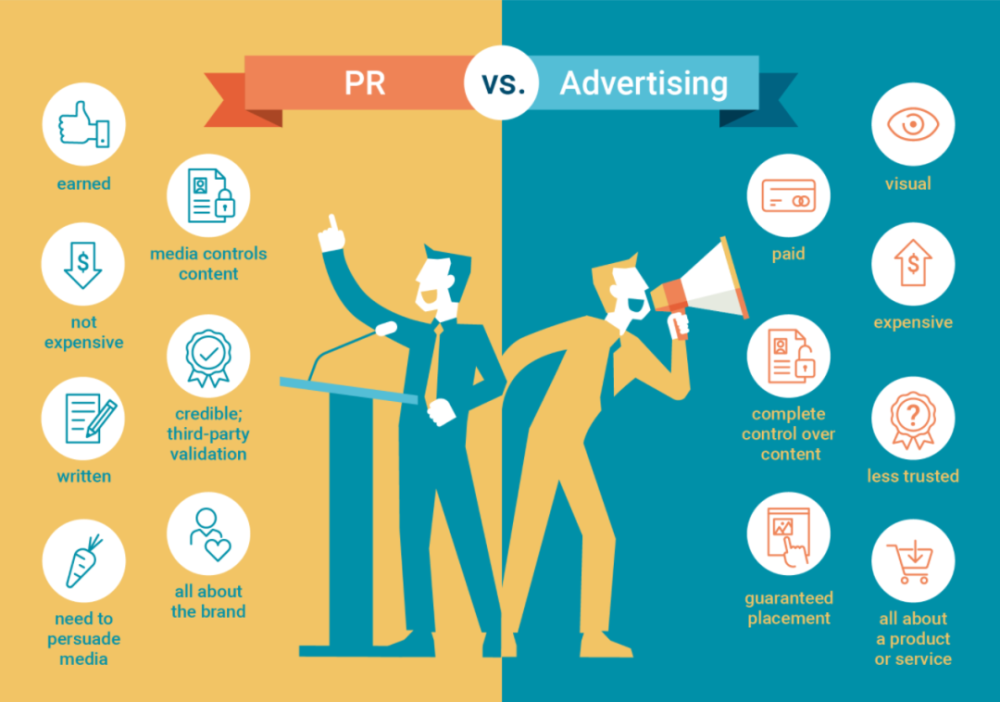
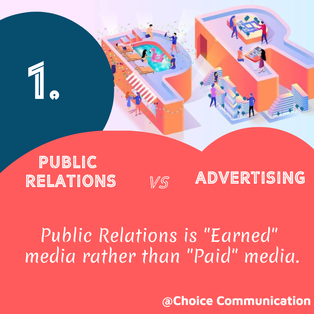
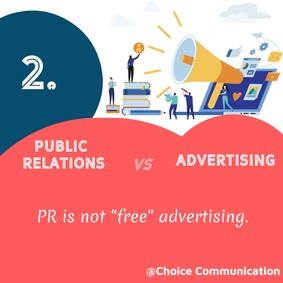
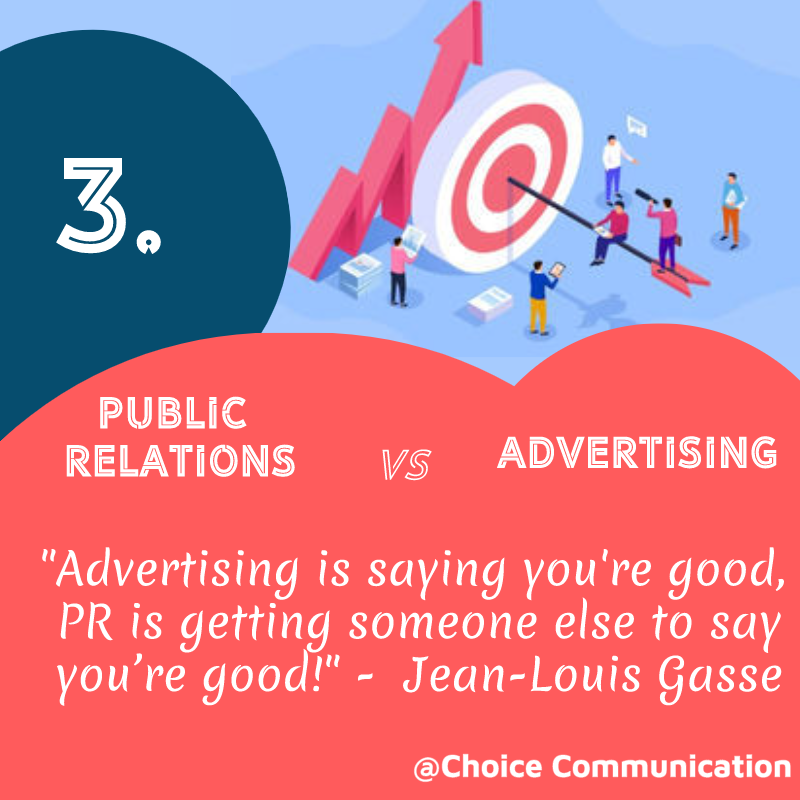
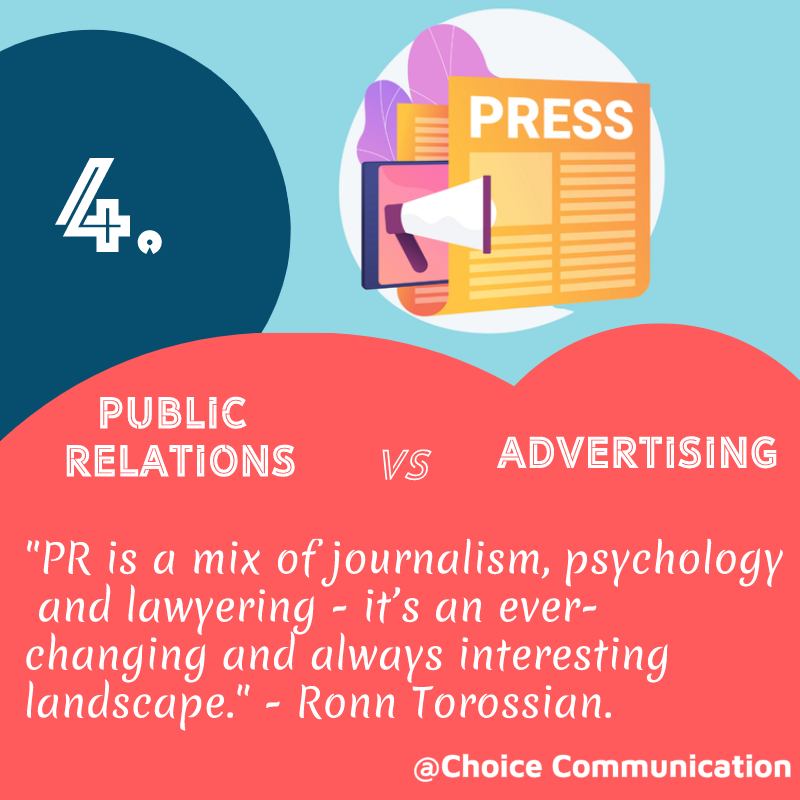
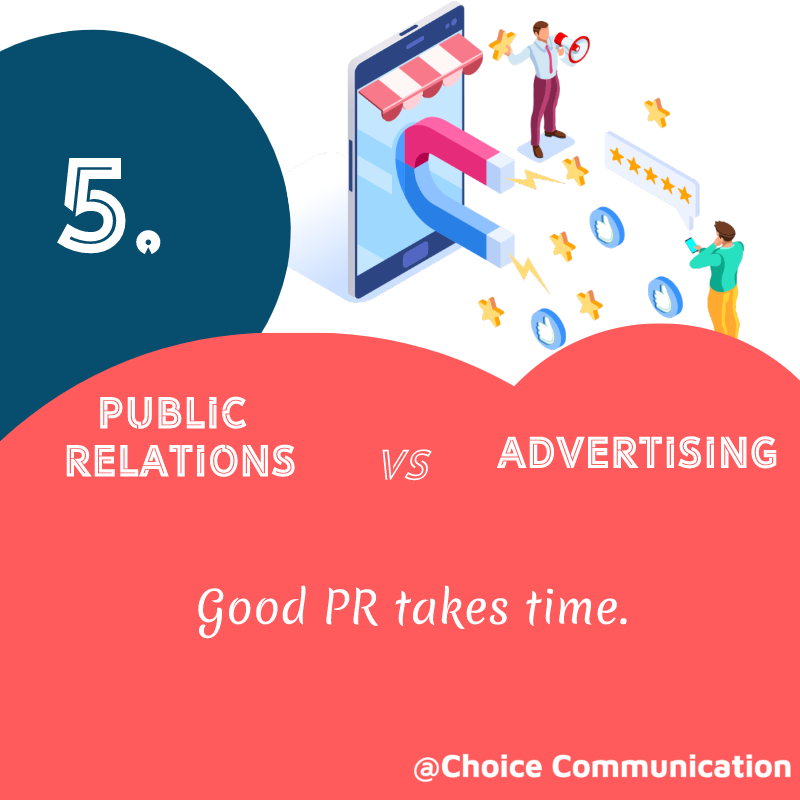
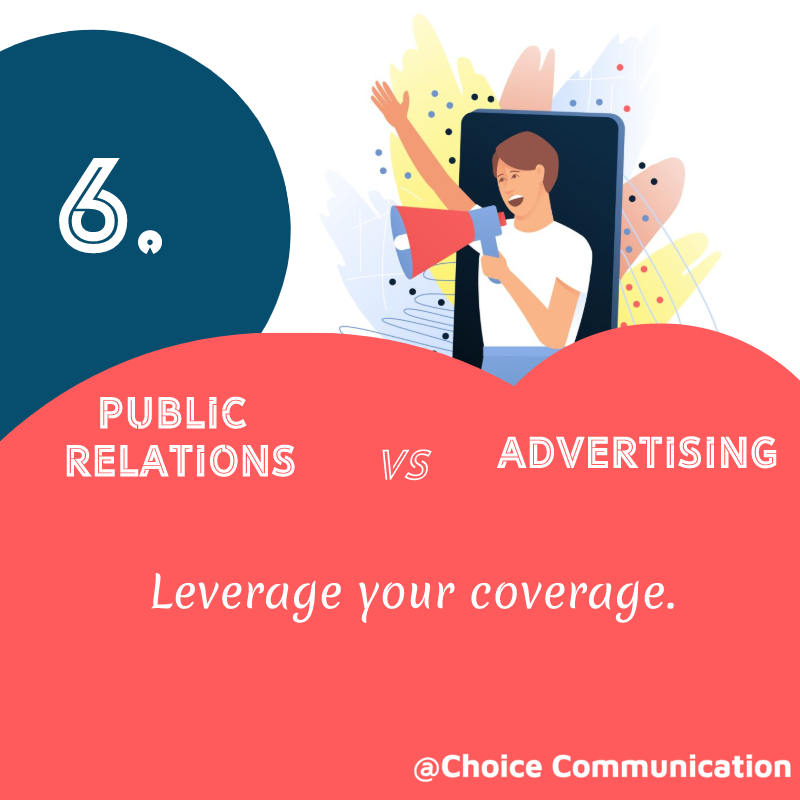
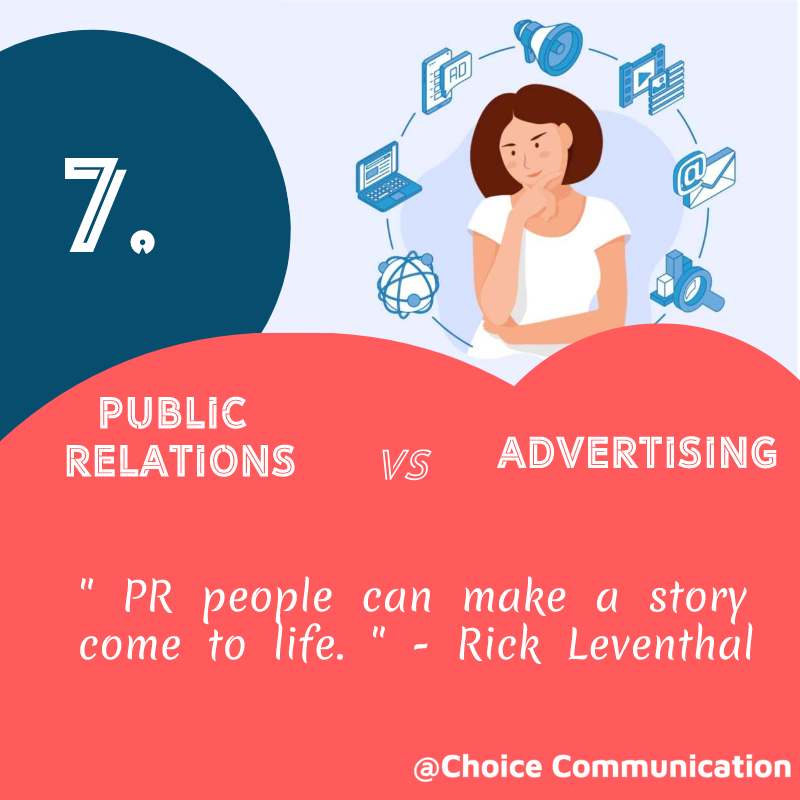
 RSS Feed
RSS Feed

12/22/2021
0 Comments